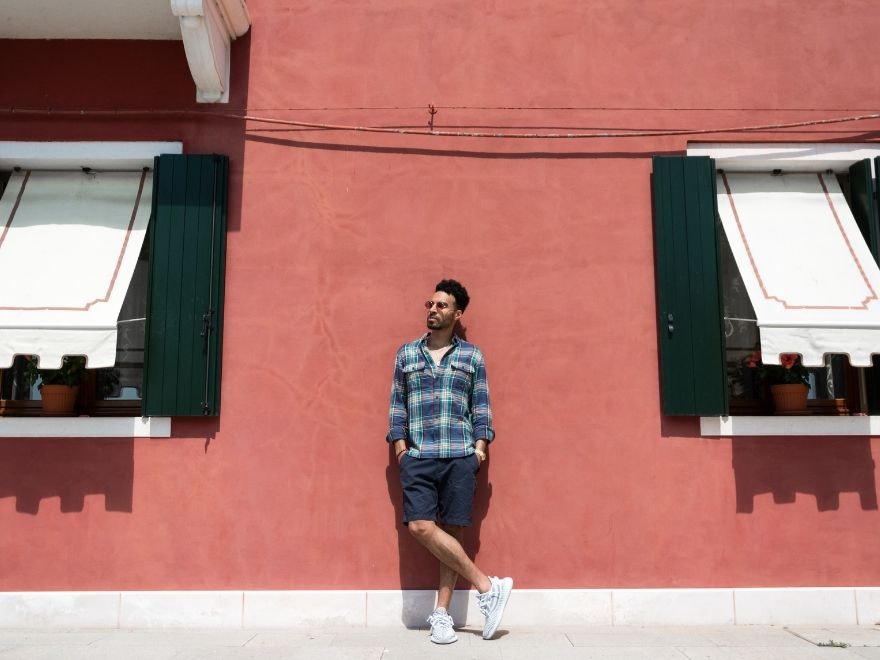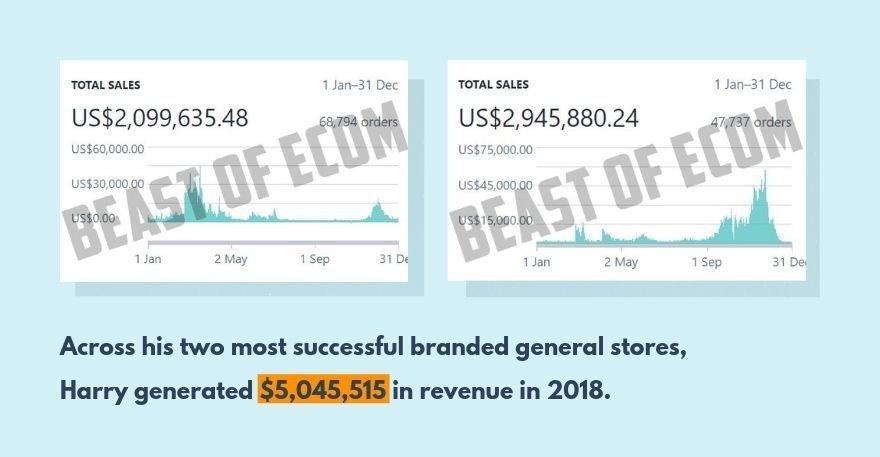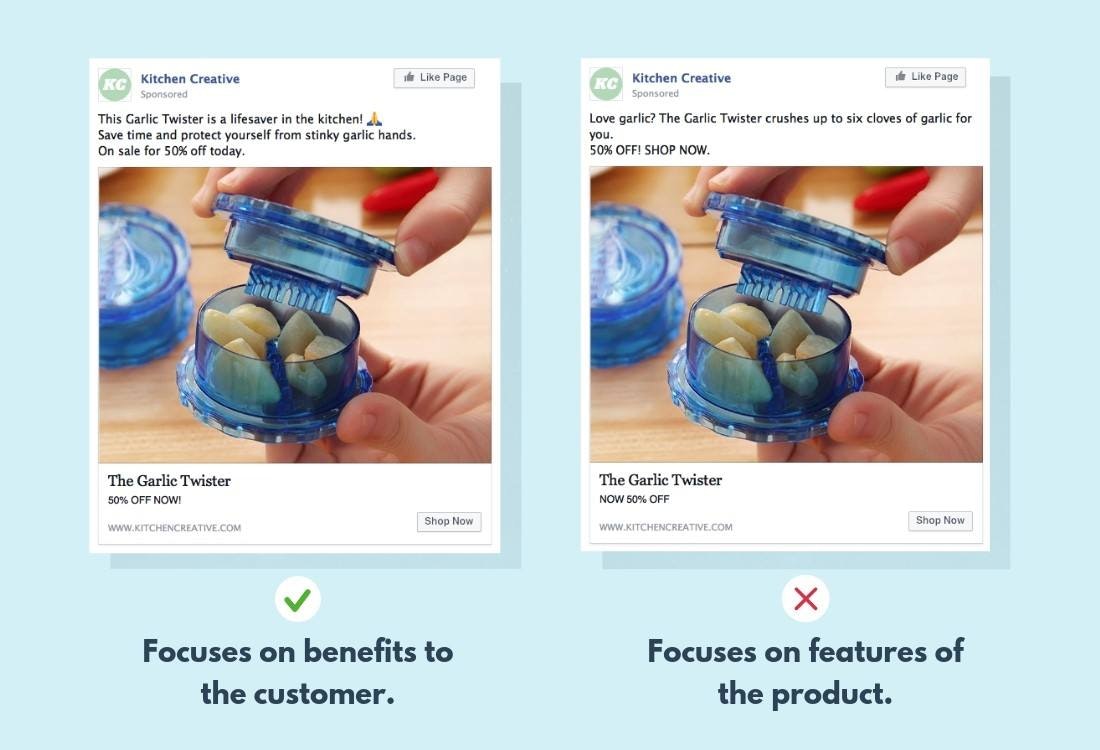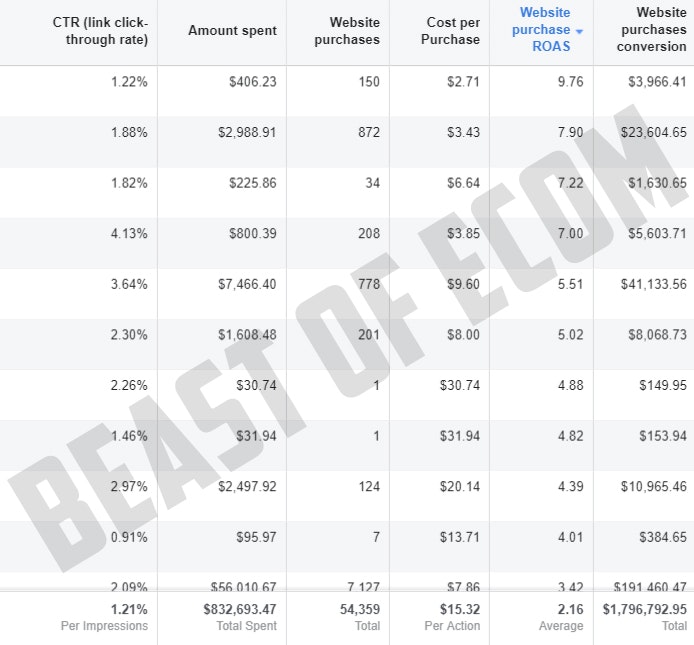Some people are born with a love for the #hustle.
Harry Coleman has always had a knack for coming up with clever ways to make money.
As a kid, he channeled his love of bikes into a mini business. Together with his friends he would find old bikes and swap out their parts before fixing them up, giving them a new coat of paint and selling them on.
Then in university, he started selling online. He spotted an opportunity to start importing snapback hats from the US to resell on eBay to people in the UK. It was a small-time gig, but it was enough for him to catch the online business bug.
“I’ve tried everything from Forex to affiliate marketing. Doing weird and wonderful, stupid things.”
But it wasn’t until he began dropshipping that the dream of turning a side hustle into a full-time venture began to materialize.
Since then he’s started, grown, and shut down multiple stores. What began as casual dabbling quickly turned into a full-blown obsession. For months he was surviving on a few hours of sleep as he spent his nights growing his business.
Now he’s the owner of three stores, and the manager of up to 10 staff. His stores combined to generate over $5 million revenue in 2018. (Seriously – $5 million. I had to double check.)
But Harry’s the first to tell you that the journey was anything but an overnight success.
The reality involved pushing past failure upon failure, picking himself up when he was down, and years of sacrifices that he never expected to make.
This is his story.




Post Contents
Harry’s First Steps into Dropshipping
Harry’s dropshipping story starts in 2016. Back then, he was spending a lot of time on online forums, researching different ways to make money online. It was here that he first heard about AliExpress dropshipping.
“There was a thread of some guy who was doing dropshipping, sourcing products from AliExpress using Shopify as a platform. He was using Facebook ads, and making something like $10,000 in a month,” he says.
Immediately Harry was curious. He read the thread from top to bottom, trying to soak up as much information as possible.
“I just thought it just sounded completely ideal,” he says. “He didn’t have to have any warehouses, and he could do it from his laptop.”
So Harry, always confident and optimistic, decided to give it a go for himself.
For his first store, Harry chose nail products. They were cheap to buy from suppliers, meaning he could add a healthy markup when he resold them. He used a dropshipping app to connect his Shopify store to a supplier, pulling in details like the product photographs and inventory levels.
Then he got to customizing his store. “I built a whole site, it was pink themed. I thought it looked great,” he says.
This was it, Harry thought. The store would be his ticket to overnight success.
“I was going to bed dreaming what color Lambo I’m gonna buy,” he says, laughing. “When you see some guys making money like that you think it’s gonna be easy. You just naturally think you’re gonna absolutely kill it.”
But when he launched the store, things worked out a little differently.
“Yeah, I got no sales whatsoever. None at all. And I pretty much burned through probably around $500 to $800 just to get my first sale.”
Harry was confused. His store looked great, right? And he’d set up the ads just like he’d seen in his Facebook groups.
“I was just burning through cash. I’d see my traffic going up and no sales coming in. So things are working, but I’m just scratching my head wondering, ‘Why are people are not buying?’”
After two months of trying and failing to get the nail store to work out, he decided to try a new strategy.
He’d seen in his Facebook groups that people were talking about running general stores. With this type of store, he wouldn’t be bound to only sell certain items within a niche. Instead he would be free to stock a variety of products and test them all until he found a winner.
Stop. Reset.
Time for a new store.

The Exhausting Reality of Growing a Business
Just as Harry prepared to launch his next store, life threw him a curveball.
“I lost my 9-to-5 job,” he says. “I got made redundant unfortunately.”
At the time, he had been working full-time in franchising sales and building his business at nights and on the weekends. It was a pay-the-rent kind of job, and Harry hated the drudgery of it all.
So when the redundancy came and he suddenly had more free time, Harry took the opportunity to double down on his new store. He was pouring all of his free time into growing the business.
This meant that by the time he found a new job, his general store was beginning to pick up steam.
“I started to find more products, and eventually got better at finding products. That’s when I had what I consider my first winner,” he says.
It was about two months into running the general store when a product finally began to pick up and generate a lot of sales. At the time he was selling a lot of animal and pet-related products, and a particular cat-themed ring began to sell really well.
Soon there were others too. Jewelery for horse lovers, cat-themed rings and necklaces, and LED dog collars all began to bring in sales, and soon he was making $100-$200 in revenue a day.
The business was beginning to take off, but Harry was still dividing his time between his new job and his dropshipping stores. And the workload was exhausting.
A standard day saw Harry waking up at 7:00 a.m., and then commuting to work to arrive before 8:30 a.m. After working until 5:00 p.m., he’d head home and collapse in exhaustion on the couch. After waking up, he’d find the time to eat something before starting work on his store. Most nights he’d be up until around 2:00 a.m., tweaking his Facebook ads formula and looking for new products to test.
Then, finally, he’d head to bed. The next morning – which was just a few hours away – the cycle would begin all over again.
“I was pretty much getting about four hours sleep for a whole year. There were times where I was sleeping in my car during my break time, because I was just so tired.”
But just as things were getting better with the business, he was getting more and more miserable about his job.
“There were times when I would commute to work, I’d sit in the car, and just not wanna get out,” he says. “It sounds really bad, but it was just where I was at.”
Over a Year Later, Things Look Very Different
For a year, Harry was grinding it out at his office job during the day and building his business at night.
He’d since started other general stores, and together they were flourishing. He watched as the sales climbed from $1,000 a day to $2,000 a day and more. It took a while, but eventually he cracked $10,000 a day too.

Then came the moment when he was ready to make the leap.
When he decided to quit his job, it was as much about the opportunity to be his own boss as anything to do with money. “I was happy if I could make my yearly salary and just be able to wake up when I want. To not have someone say I’d have to come in at a certain time or to have to ask, ‘Can I have 20 days off of work?’ That’s what I generally wanted to get out of it.”
As his own boss, days for Harry look very different now.
“Sometimes I literally don’t get out of bed and just work from my laptop,” he says, laughing.
With the freedom to set his own schedule, he’s also been able to make time to travel. In the first half of 2019, he spent time soaking up the sun in the Maldives, and exploring New York City and Dubai.
As his different businesses grew, so did the volume of work that’s involved to keep them running. So now he’s also responsible for a team of up to 10 virtual assistants. They help him manage daily tasks such as customer service, uploading new products, and writing product descriptions.
“I don’t do as much of the other stuff any more,” he says. “I just focus on launching, scaling, and choosing products to be uploaded. Basically the money-making jobs.”

The Future is Looking Bright Now
It’s taken Harry almost three years of sweat, exhaustion, and sacrifice to build up to his level of success. But he’s not ready to rest yet.
Along with his team, he is continuing to grow his three general stores (including the first one he started back in 2016) as well as preparing to launch several more niche stores. He’s eventually hoping to be the owner of a suite of multi-million dollar ecommerce businesses.
“Once you kinda have success with one store, and once you’ve got your customer service in place, once you’ve got your email systems in place, you know how to run your adverts, it’s easy enough to replicate success over different stores.”
Harry has also spent much of the last year growing his YouTube channel and personal brand Beast of Ecom, where he educates other entrepreneurs how to grow their ecommerce businesses.
Even though his businesses have given him the opportunity to live a lavish lifestyle of expensive cars and flashy clothes, he’s careful to not take his eyes off his long term goals.
“You’re not gonna get any more value in my videos from me wearing a Gucci t-shirt or driving a Lamborghini. So I just play long game and know where I want to be in 10 years time. And all the flashy stuff can come later, because they’re all just liabilities, they’re not generating any money,” he says.
“So the money that I make from ecommerce goes into property and making that money work for me in the long term.”
In the end, Harry’s got one thing firmly in mind. He wants to do whatever he can do set himself up for the future so he’ll never have to go back to the drudgery of corporate office life.
“Some people are scared of losing their job. I fear having to get one.”
As a result of his burgeoning Beast of Ecom YouTube channel, he was recently invited to New York to speak at an ecommerce event. This was a totally new experience for Harry, and it gave him an opportunity to meet some of his audience in real life.
“Sometimes I don’t realize the effect that I’m having on other people, especially when it is just me in front of a camera and putting stuff on YouTube. But then people were coming up to me and were like, ‘I’ve tried this and it’s working and it’s making sales.’ It’s just very humbling and I was very taken aback by that shift,” he says.
“So even now, my life is still constantly changing which is… it’s amazing.”

4 Keys to Harry’s Million Dollar Success
1. Start a Niche Store Within a General Store
When you’re just starting out with dropshipping, one of the biggest questions you’ll need to ask yourself is, “Should I start a general or niche store?”
Harry’s answer to this is… both.
“My general stores are only limited to four or five niches, that is it,” he says.
Harry suggests picking four different product niches, for example:
- Pets
- Cooking
- Babies
- Home improvement
The key is then to specialize within those niches. It gives you enough flexibility to test a wide variety of products, but you’re also able to easily find audiences to target, and have related products you can offer as upsells.
Harry refers to these type of stores as “branded general stores,” because they combine the best elements of niche and general stores.
He emphasizes that one part you’ll need to get right is the branding. Because your store at first glance might look like an odd collection of products, it’s important to convey a sense of trust with polished branding, and a simple site structure. You’ll want to pay extra attention to your product descriptions, making sure you use high-quality images to convey a sense of professionalism. There’s no cutting corners with a branded general store.
And for people who are concerned that their Facebook pixel might get confused from the wide variety of products you’re offering, Harry says it’s not worth worrying about.
“I’ve never had any problem with having just one pixel on a general store,” he says.
“In Shopify, you can tag your product with the niche. So you tag all the pet products you’re selling as ‘pets.’ You can then create a custom audience for everyone’s who’s viewed just the pet products, as well as for everyone who’s viewed just the baby products, or everyone who’s purchased just the baby products. You can then create lookalike audiences based off those too.”
Harry is confident that a branded general store is the right choice for beginners. It will help you understand what’s involved with dropshipping, and have more of a chance of discovering a winning product.
“If you’re just getting up and running with things, and if you wanna test quickly and not waste time, start a general branded store,” he says. “You can learn what’s working, then start a niche store or start a one-product store.”
2. Solve a Problem or Sell to a Passionate Audience
When it comes to finding potential winning products, Harry has had a whole lot of experience. He’s refined his product research strategy down to two main types of products:
- It solves a problem, making the customer’s life easier
- It has a wow factor AND it’s being sold to a passionate audience
“You may have a cool phone case, but if it’s just a phone case which protects your screen in some sort of way, that’s cool, but no one’s really passionate about phone cases,” he says.
“Now, if you’re selling a phone case and it’s a dog case, then it’s cool, it’s quirky, it’s unique, and it’s being sold to a passionate audience.“
Passionate Audiences to Target |
||
| Fishing | Veganism | Dogs |
| Baking | Makeup | Cycling |
| Painting | Camping | Sewing |
| Travel | Spicy Food | Babies |
| Hip Hop | Surfing | DIY |
| Dating | Photography | Fitness |
| Hiking | Weddings | Gardening |
3. Great Ad Copy Focuses on the Benefits
When it comes to writing copy for your ads, it’s tempting to go for the hard sell, plastering “50% OFF” and “DON’T MISS OUT!” all over your ads to encourage sales.
Harry’s strategy instead keeps the customer firmly in mind. He focuses on explaining the benefits to the customer’s life, rather than just features of the product.
“I’ll say things like, ‘This will cut your cleaning time in half,’ or ‘Save time, effort and energy,’ those sorts of things. You have to have a strong call to action too. Generally, I’m talking about just connecting as best as possible with the audience.”

When you’re analyzing the results of your ad creative, Harry suggests you keep one main metric in mind – link click-through rate.
“Link click-through rate very much comes down to how well you are connecting with the person who is looking at the advert,” he says.
He suggests that a click through rate of above 2 percent is a good sign that your ad is gaining clicks and standing out. If you’re at this level, it’s a sign you may have a good advert to scale. If you’re far below, you might want to rethink your audience targeting or ad creative.

4. Don’t Get Distracted, Success is Ahead
When you’re just starting out, it’s easy to give up or get distracted. Setbacks, frustrations, and failures are going to pop up constantly. But Harry insists that perseverance really is what separates successful entrepreneurs from the rest.
“If I would have given up when my first store bombed, then I would not be sitting here, and we would not be having this conversation right now,” he says. “I wouldn’t have a YouTube channel, I wouldn’t have anything.”
And as you begin to make sales and build your business, Harry warns about getting distracted by comparing yourself to others.
“When people are posting screenshots of them making $10,000 a day when you’re only making $100 it’s very easy to beat yourself up and think, ‘Why they are having the success and I’m not?’” he says.
“But it will come. It’s not a race, it’s a marathon. You will get there, but it’s just a case of persevering through. Be inspired by those and not be taken aback from it, and it will come.”



